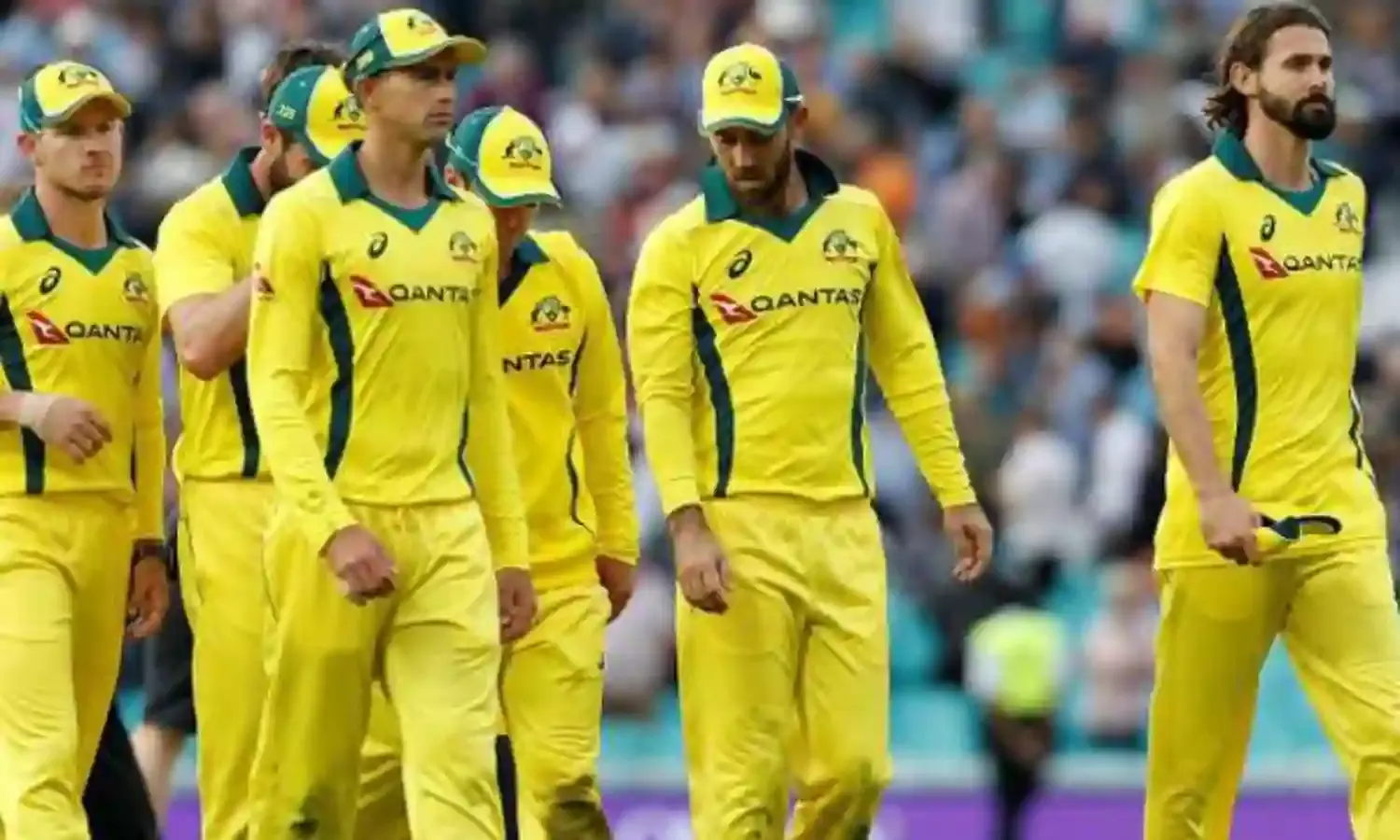Poor Form Plagues Australia
Why?

Losing 0-5 against South Africa, humbled 0-2 by New Zealand, ousted in the group stages of the ICC Champions Trophy in 2017, humiliated 1-4 by India, defeated 1-4 by England earlier this year and going down in the series against England in England, Australia is struggling hard to find their momentum going in the shortest formats of the game.
The last series win that they registered overseas was in Sri Lanka in 2016 and since then, the World Cup champions have registered two wins in their last 17 games, including four consecutive series losses, which is their worst losing streak in the history of cricket.
Since the 2015 World Cup ended, the Australian side have won 27 of 58 games, registering only 13 wins away from home. With a win percentage of 46.5 in the last three years, the team now has the second worse success rate as defending champions between two World tournaments. Only India that had a win percent of 44 between 1983 and 1987 averaged worse.
So what exactly is the reason for the poor showing by the side in this interim?
The major reason for the inconsistencies has been the lack in promoting talent for a considerable period of time.
Since the side won the trophy in 2015, 20 players have made their debut in the ODIs in the national team. Out of the list, only four, namely Marcus Stoinis, Adam Zampa, Travis Head and Scott Boland have played more than ten matches. Batsman Head and spinner Zampa are the only two cricketers to have played more than 30 ODI matches in this interim.
A talented player like D Arcy Short, who was given a go to make his debut in the England series, was dropped after failing in just a couple of games and the management’s desperation to search for quick answers without giving their players adequate time to settle down is what has ailed them.
The eagerness to bring in illogical changes in the name of experimentation has led to a massive downfall as well. Earlier in January, batsman Cameron White came into the side for the second game replacing Zampa, when Australia’s bowling was already very thin! In the recent series as well, opener Aaron Finch, who has batted in the top two for 89 matches out of his 92, was pushed down the order for two games to accommodate Short at the top.
Instead of fixing Australia’s middle order woes, that have been made worse by a number of below-par all-rounders, Tim Paine has been eager in shuffling a set combination, in the hope that it can override their lacks. However, with Short failing, Finch was back to opening the innings, where he scored a hundred in the fourth game.
Against England, Australia baffled by playing Glenn Maxwell at number six, when he has played most of his best innings at number five. Stoinis has been successful at number six, but Paine has been reluctant to play him at any spot below four. Alex Carey, a better bet with the bat than Ashton Agar, played below him at Cardiff and all these were steps that showed the defensive mindset of the Australian think-tank.
The biggest drawback has been their finishing skills, and even as Finch along with David Warner has given his side with blazing starts, the team has suffered due to the ordinary all-rounders who have been given the task of finishing games with the bat, along with bowling crucial overs during the match. Agar, Hilton Cartwright and Maxwell are hardly effective in their predominant roles, and then, to call them as all-rounders reeks of a failure on the part of the selectors to dig deep into the local talent and find impactful cricketers.
The constant injuries to Mitchell Starc, Josh Hazlewood and Pat Cummins have led to disastrous results as well. The importance of the trio have been so pronounced that when the three have played together, albeit in only 12 games since 2015, they have scalped 99 wickets amongst themselves.
But with injuries wreaking havoc, Australia have been deprived of their three premier fast bowlers - with the last time they played together being in June 2017. The left-arm seamer, in particular, has been the most impressive, taking 58 wickets in his last 31 games for Australia but their absence has meant that the bowling department lacks any kind of menace and venom that has otherwise defined the Australian cricket team.
Without any wrist-spinner either - and England have had a history of failing against the wrist spinners - the bowling unit is one-dimensional and the absence of Steven Smith and Warner has only doubled the woes that have been plaguing the champion side.



